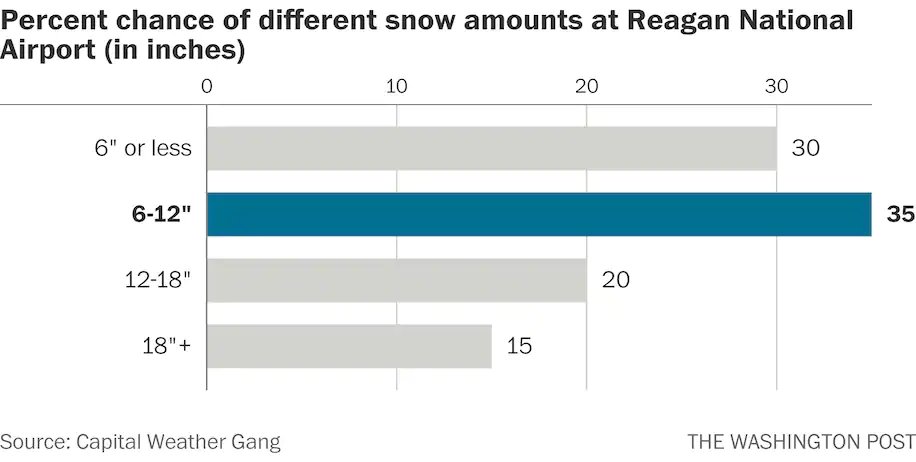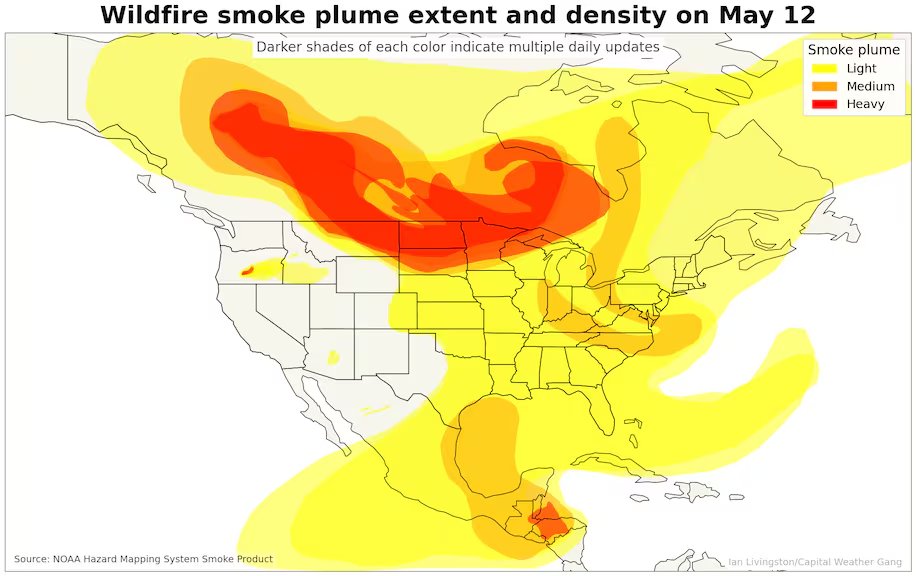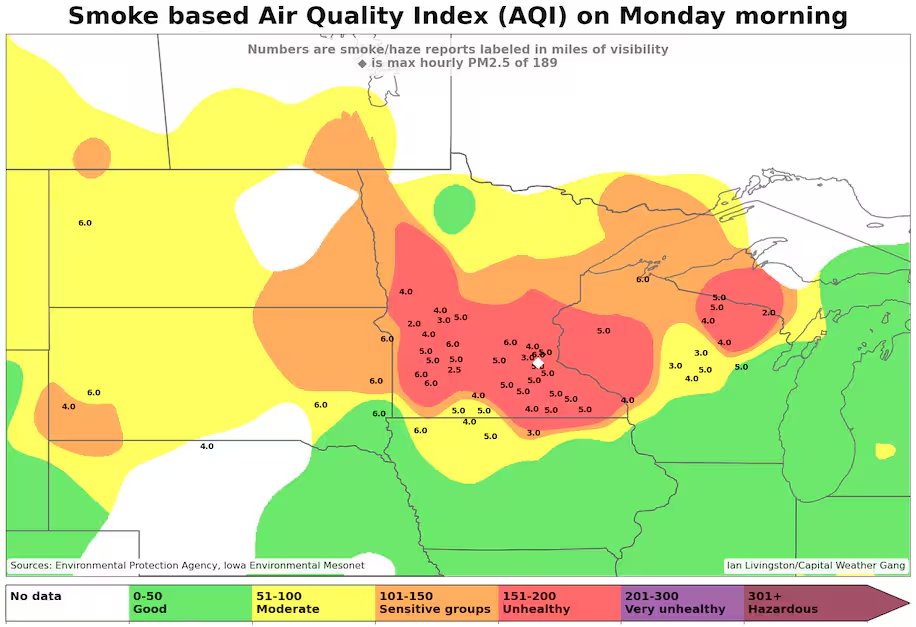DC winter outlook THREAD: First, let's share our snowfall map--these are our predicted amounts for the ENTIRE winter. While not particularly impressive, they would beat last winter's totals: 1/x 

An important note on the snowfall forecast: While we're predicting below-average amounts for the 5th time in the past 6 winters, it would just take one blockbuster storm to surpass it. The thing is though, La Ninas - which we have this year - lower the odds of a big snow. 2/x 

During La Ninas, winter storms tend to track to our west, drawing in mild air from the south. So we can get some snow, but usually in modest amounts before it changes to ice and rain. 3/x 

Interestingly, there's a strong consensus among long-term forecasters that DC will have below-average snow & near to above average temps this winter. We polled a bunch and everyone's ideas are remarkably similar. 4/x @BigJoeBastardi @tcrawf_nh @judah47 @PaulPastelok @commoditywx 

Also, not to be lost in the discussion of our winter outlook is that climate change plays into it. DC's average winter temp has risen 3-5 degrees since 1970 and our snowfall is in a long-term decline. 5/x 

Producing a winter outlook is a good deal of work, involving research, a lot of writing (this one's over 2,000 words) and building graphics. Check it out for all of the details. wapo.st/3C2aqW2 6/6
• • •
Missing some Tweet in this thread? You can try to
force a refresh



















